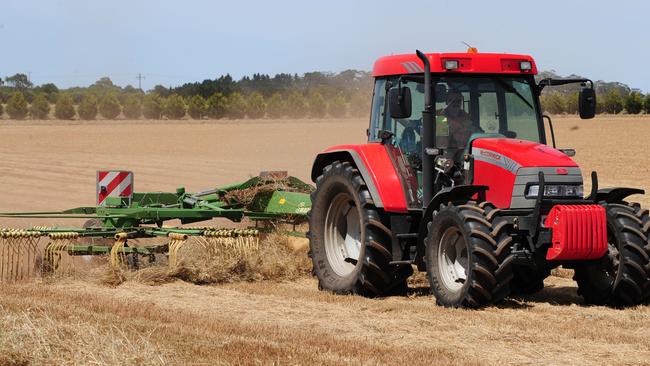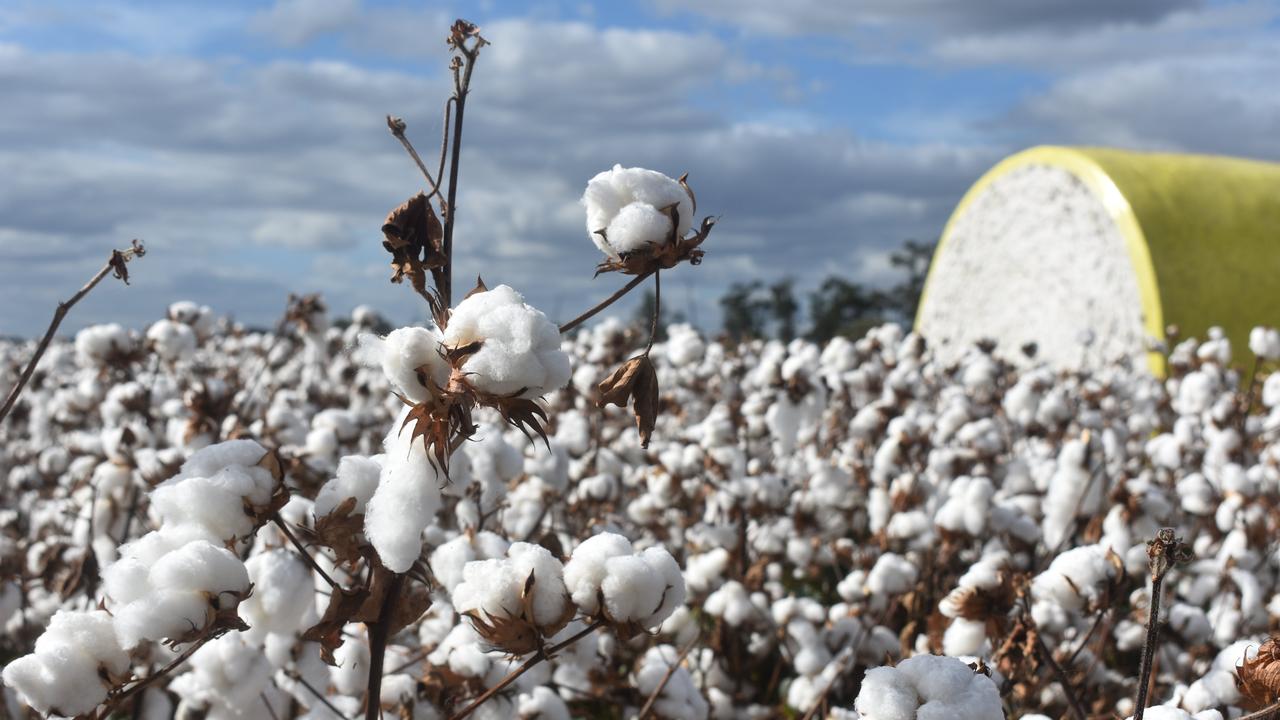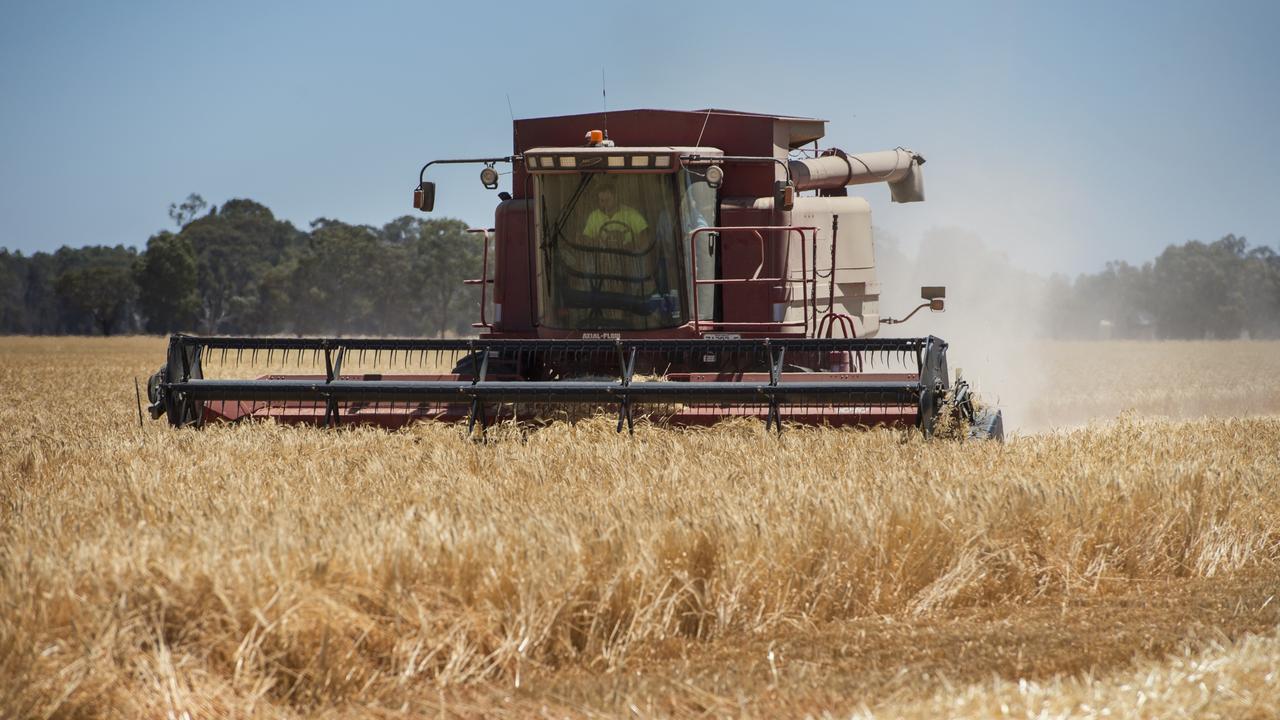Low quality, low prices to close challenging season
As the hay season is almost complete, hay demand remains subdued. But what factors could improve prices this season?

WITH warm summer weather and a warmer than average forecast, dairy farmers in southwest Victoria are seeing their standing feed dry out.
Hay growers are keen to talk to buyers when they are ready, but demand remains limited.
Many contractors and growers believe 2020 to be one of the most difficult hay-making seasons they have experienced.
The narrow baling windows between rain meant that some rain damage was unavoidable, and prices have suffered.
There are thousands of tonnes of hay that have bleached colour, low energy and poor sugar levels. This hay has been rejected by exporters and is now being actively marketed to domestic buyers at prices varying from $130 to $180 a tonne ex-farm plus GST.
Some of the better testing lines of hay have had no rainfall during curing and were baled less than two weeks after cutting. These lines are offered for sale at $200 to $250 a tonne ex-northern Victorian farm.
While protein levels of oaten hay are often between 8.0 and 9.0 per cent, any lines that have received rainfall during curing are testing between 60 and 70 per cent neutral detergent fibre compared to 50 to 60 per cent NDF for hay without rain.
Quality continues to dictate prices, but the future direction of the general hay market will be determined by the level of hay stocks expected at the end of the season.
Dairy returns are improving and Victorian cereal hay is $30 a tonne cheaper than the five-year average. Livestock operators may be more inclined to build fodder reserves and carry over hay and silage for the uncertain season ahead.
Strong grain and pulse returns will provide revenue for many croppers who also grow hay. Some may be also tempted to carry over some stocks of hay if they don’t achieve their target prices this season.
This need for carry-over could support prices later in the season.
One factor that is yet to play out in the market is the reduced area of fodder harvested this season. Low hay prices and plentiful standing feed this spring have been strong incentives to reduce the number of hay paddocks cut.
Contractors have reported a lower area of hay cut in central western NSW, less vetch hay cut in the Mallee due to poor weather and pasture hay paddocks in the Western District are well down on average.
MORE
GROWERS FACE CHALLENGE OF SELLING WEATHER-DAMAGED HAY


